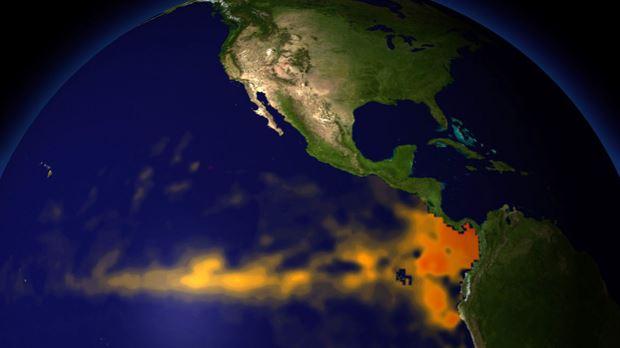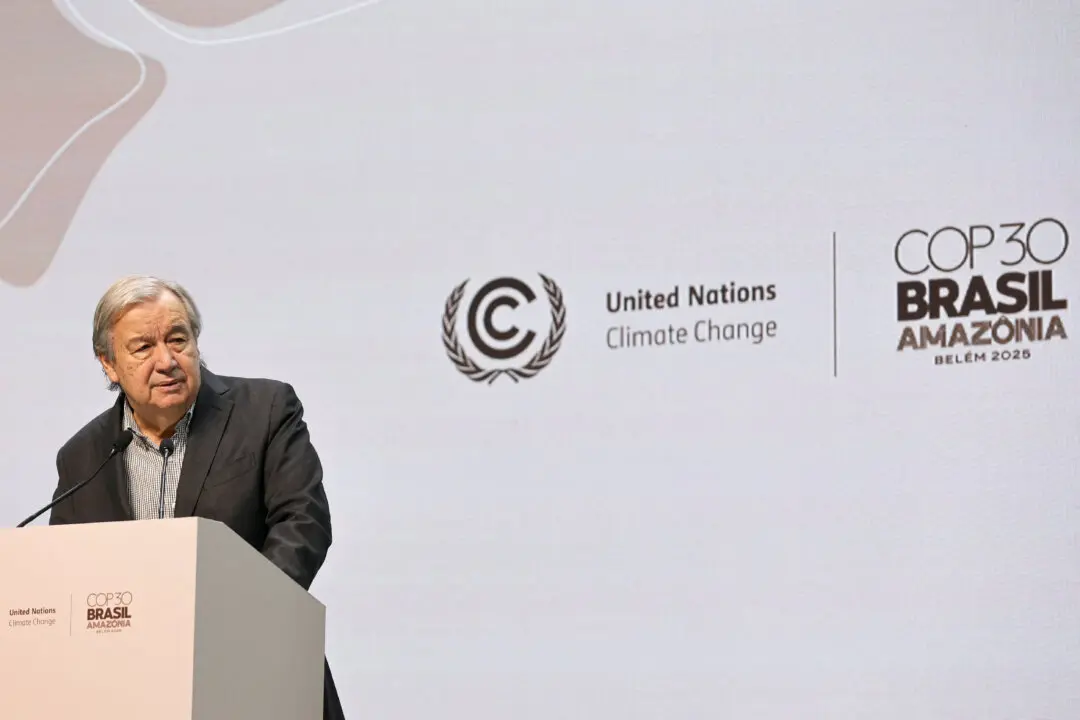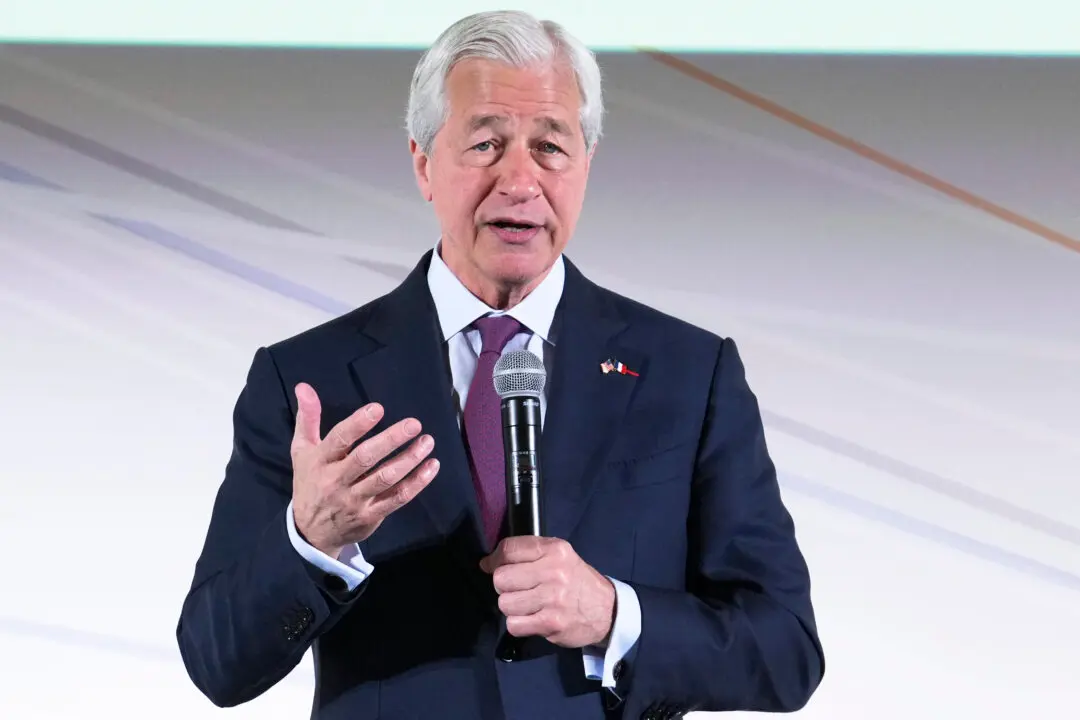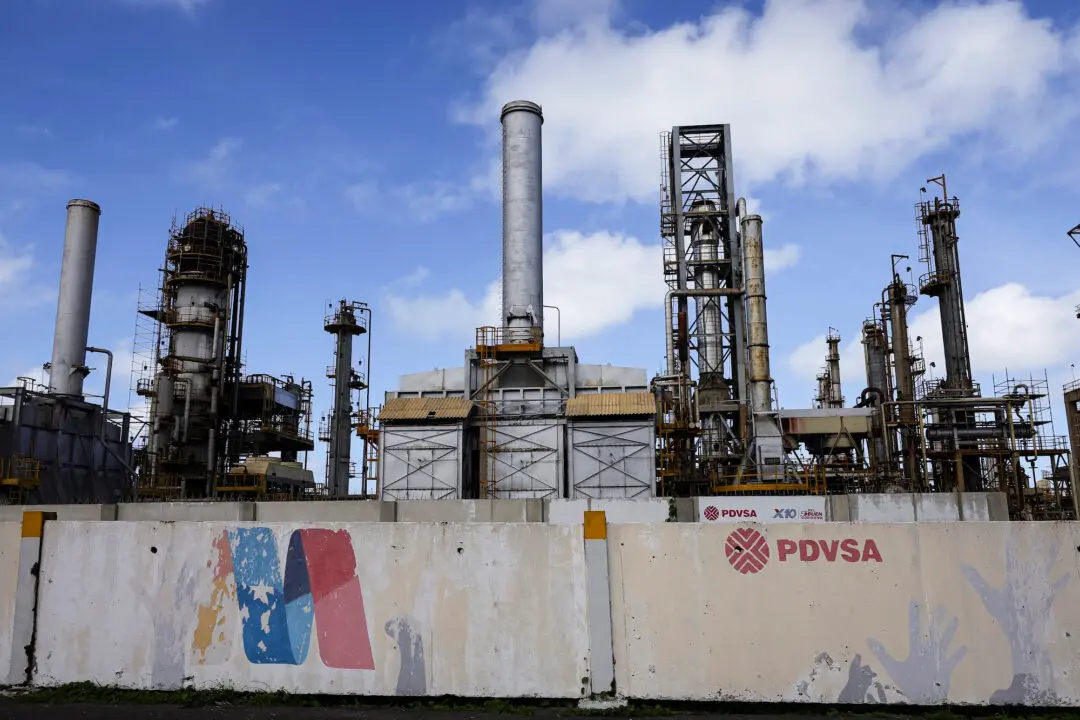If temperatures hit unseasonable highs this fall and winter, blame El Niño, not fossil fuels, a group of climate analysts says.
Flying in the face of the prevailing narrative on climate change, a recent report on El Niño argues that the Pacific weather phenomenon corresponds more closely than CO2 emissions to shifting temperature patterns and is the more likely cause of temperature changes.





